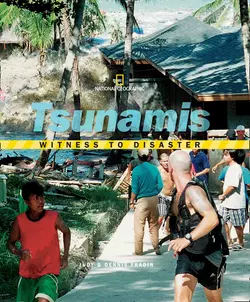Witness to Disaster: Tsunamis

National Kids и Judy Fradin
Тип: электронная книга
Жанр: Природа и животные
Язык: на английском языке
Стоимость: 150.68 ₽
Статус: В продаже
Издательство: HarperCollins
Дата публикации: 16.04.2024
Отзывы: Пока нет Добавить отзыв
О книге: Witness to Disaster: Tsunamis, электронная книга авторов National Kids и Judy Fradin на английском языке, в жанре природа и животные